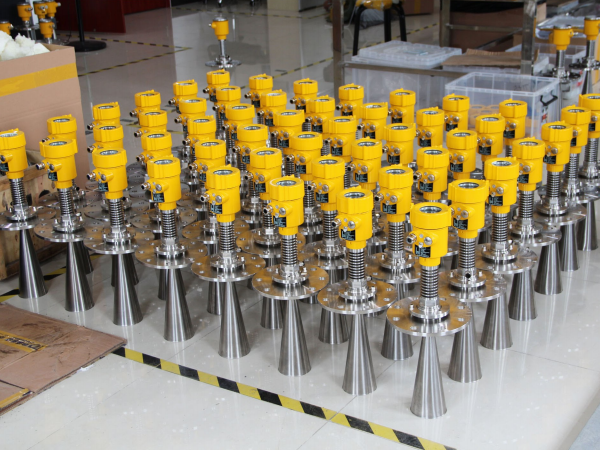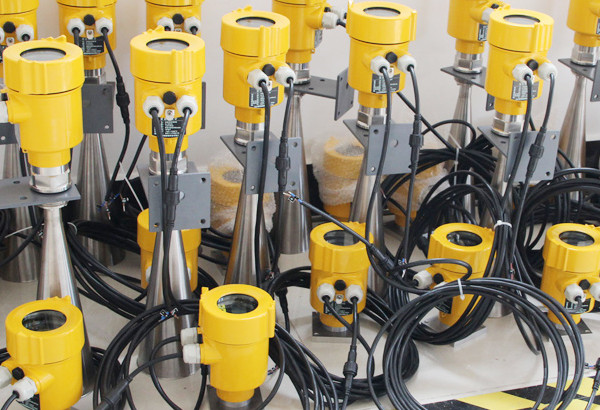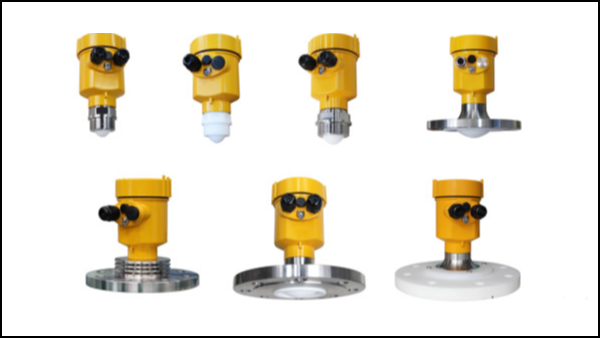Radar level meters, as instruments based on microwave technology, are widely used in the industrial field for detecting the levels of liquids, slurries, and solids.
Their working principle involves using a transmitting antenna to send microwave signals to the measured medium and receiving the reflected signals.
By calculating the time it takes for the signal to travel back and forth, the level can be determined. The beam angle is a key technical parameter in radar level meters, playing a crucial role in ensuring measurement accuracy and reliability.

The beam angle, also known as the radiation angle or beamwidth, refers to the angle size of the concentrated microwave energy area emitted from the radar level meter antenna. It determines the range of microwave energy coverage and thus affects the contact area between the radar wave and the measured medium.
A smaller beam angle results in more concentrated energy and higher measurement accuracy, while a larger beam angle is suitable for broader measurements. The selection of beam angle depends on factors like the measurement environment and antenna size.

To better understand the impact of beam angle, it can be compared to a flashlight beam. At night, if the flashlight beam is too wide, it illuminates a large area but with reduced intensity, making it difficult to see distant objects.
Conversely, if the beam is too focused, it can illuminate far but has a narrow field of view, potentially missing surrounding details. Similarly, the beam angle of a radar level meter must be chosen based on specific application needs to ensure accurate measurement.
This analogy highlights the importance of selecting the appropriate beam angle in radar level meters to balance measurement accuracy and coverage area.
Modern radar level meters can even dynamically adjust the beam angle, optimizing it for different measuring conditions, which broadens their applicability while maintaining precision.

The beam angle, as a key parameter of radar level meters, directly influences measurement accuracy and device applicability. By scientifically selecting and reasonably applying the appropriate beam angle, the performance of radar level meters can be significantly enhanced, ensuring they meet the measurement needs under various operating conditions.
